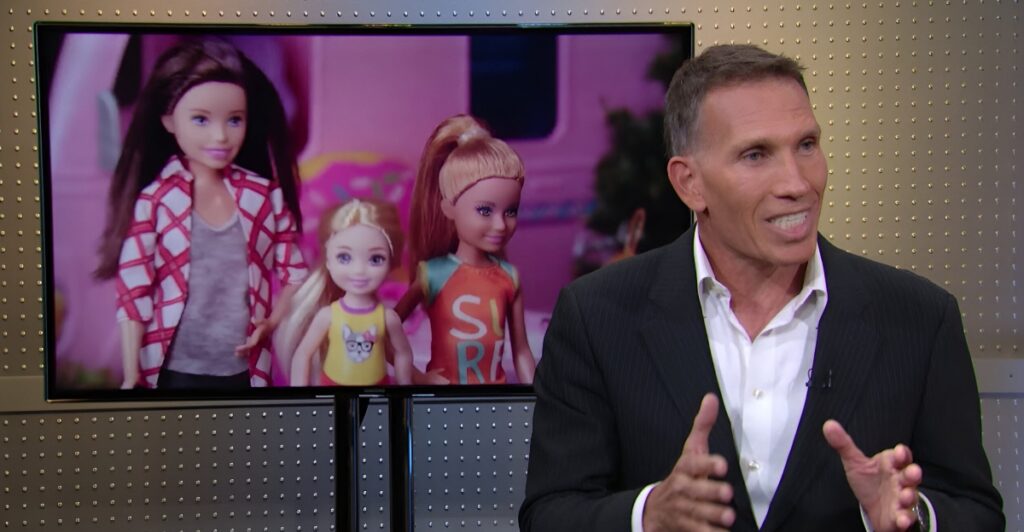
The impact of trade wars is now being felt in the toy industry, as Mattel, the well-known toy manufacturer of Barbie and other iconic toys, has announced price increases on its products in the United States.
This decision comes in response to the tariffs imposed on goods made in China, which significantly affect the cost of production for toy companies.
Unfortunately, that means American families may see the toys their children love sold for higher prices in the near future, potentially limiting the number of new toys children receive. This shift highlights the broader economic implications of tariffs and their direct impact on consumers.
Mattel’s Response to Tariffs
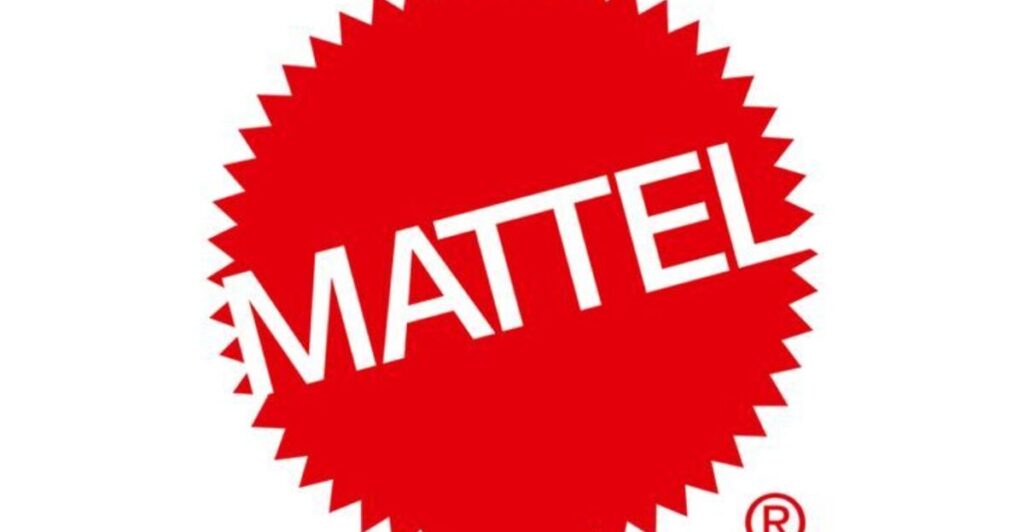
Mattel’s price increases are a direct result of the 145% tariffs imposed on most goods from China. With a substantial portion of its manufacturing based in China, the company faces increased costs that it intends to mitigate through strategic pricing adjustments.
Mattel CFO Anthony DiSilvestro stated that the current tariffs could cost the company approximately $270 million this year, even before considering any mitigating actions. This financial pressure has forced Mattel to re-evaluate its pricing strategy in the U.S. market.
Price Hikes Already Evident
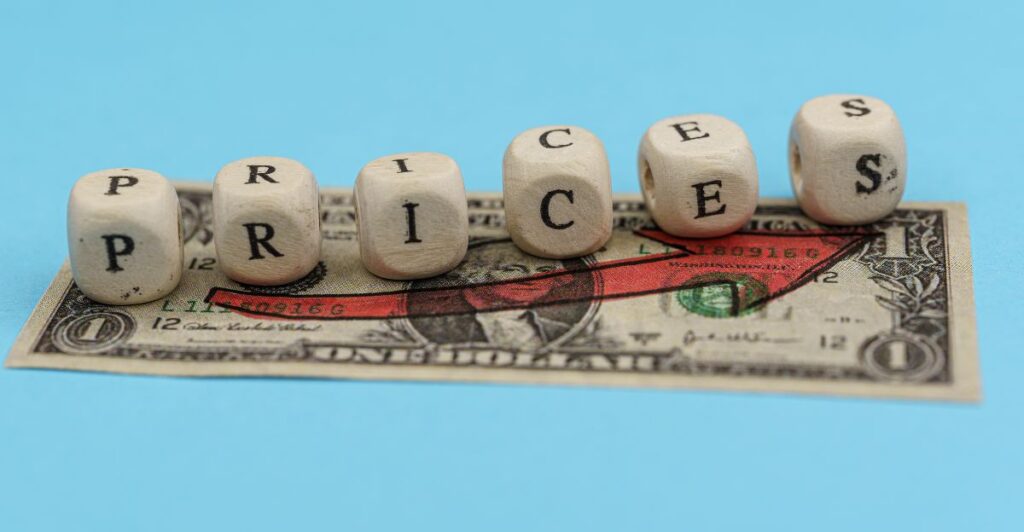
Evidence of rising prices is already emerging in the retail sector. A product pricing analysis conducted by Telsey Advisory Group revealed that a significant increase in the cost of a Barbie doll with a swimsuit at Target, rising 42.9% in mid-April to $14.99.
This sharp increase illustrates the immediate impact of tariffs on consumer goods and is a sign that additional price hikes may be on the horizon. As retailers adjust to the new tariff landscape, consumers are likely to see these changes reflected in the prices of various toys and related products.
The Impact on Consumers

For American families, the price hikes of toys may lead to a change in their purchasing habits. President Trump’s remark that children might have “two dolls instead of 30” reflects a potential reality where extensive toy collections become a luxury.
Families may prioritize the purchase of essential goods over toys or reduce the number of toys they buy for their children. This may have implications for lower-income families, for whom the added expense may create a significant financial burden.
Mattel’s Mitigation Strategies
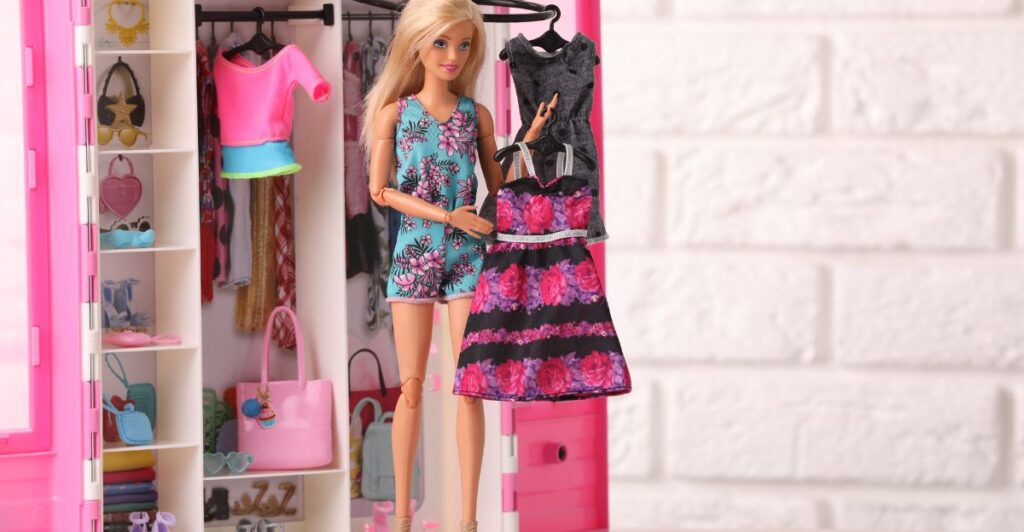
In response to the tariffs, Mattel is actively working to diversify its supply chain and reduce its dependence on production in China. The company plans to shift production to other countries if tariffs prove too costly.
CEO Ynon Kreiz outlined a plan that would see China represent less than 40% of the company’s global manufacturing by 2025, a significant reduction from the industry average. Additionally, Mattel also plans to relocate the production of 500 toys from China to other countries.
Relocating Production Outside the U.S.

Despite the tariffs, Mattel has no plans to shift production to the United States. Kreiz explained that producing toys outside the United States would still be more cost-effective, even with tariffs in place.
The company believes that by maintaining production in other countries allows them to balance efficiency and productivity while continuing to foster design and creativity in America.
This decision sheds light on the complex economic considerations that multinational corporations must weigh when responding to trade policies.
Industry-Wide Concerns and Advocacy

Mattel is not the only company concerned about the impact of tariffs. The Toy Association, a trade organization, has also been actively advocating for the elimination of tariffs on toys, emphasizing the importance of affordable access to play for children and families.
The organization has also warned that the longer the tariffs remain in place, the greater the risk of potential shortages during the holiday season. The industry’s unified stance highlights the significant challenges posed by the current trade environment.
Financial Uncertainty and Guidance

Mattel has suspended its full-year 2025 guidance due to the uncertainty around tariffs and consumer spending. The company recognizes the challenges in predicting consumer behavior, especially during the critical holiday season.
This decision to withdraw financial forecasts reflects the broader economic uncertainty created by the ongoing trade war and its potential impact on retail sales. Investors and analysts are closely monitoring these developments, as many pauses often signal significant challenges ahead.
Mattel’s Commitment to Affordable Toys
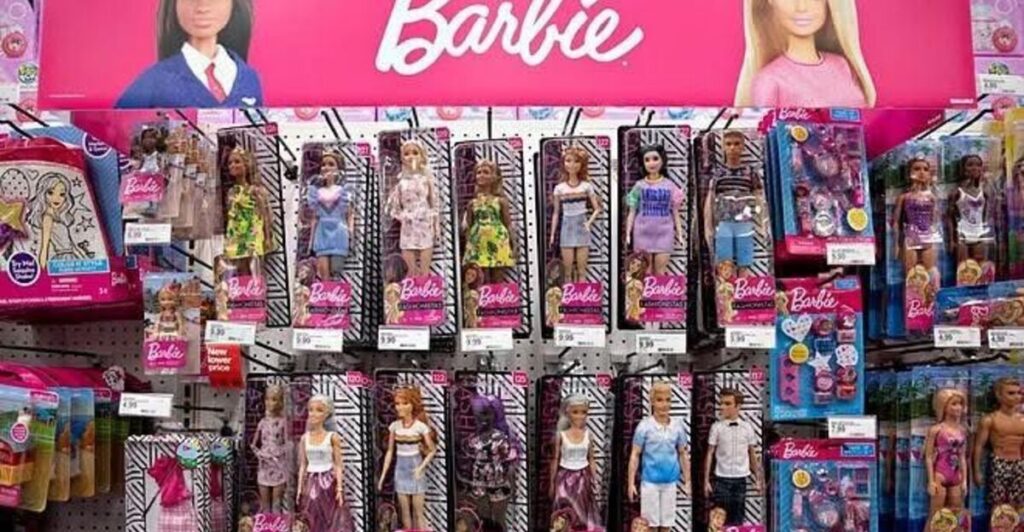
Despite the price increases, Mattel aims to maintain affordability for a significant portion of its product line. Ynon Kreizz anticipated that 40% to 50% of its products would remain priced at $20 or less.
This commitment reflects Mattel’s understanding of the importance of providing accessible toys for a wide range of consumers. The company is striving to strike a balance between managing increased costs and ensuring that its products remain within reach for many families.
The Future of Toys in a Tariff Environment
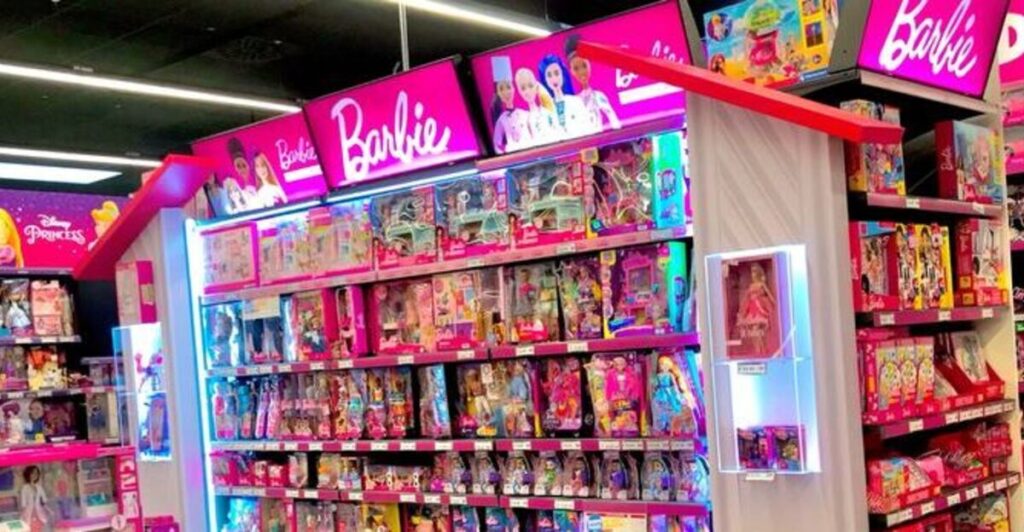
As the trade war continues, the toy industry faces an uncertain future. Mattel’s response to tariffs, including price adjustments and supply chain diversification, highlights the proactive measures companies are taking to navigate this challenging landscape.
Whether these trends result in lower prices for consumers and differences in the overall economy is yet to be determined. Still, there is no denying that tariffs are changing the toy market and influencing the choices available to American families.
Discover more trending stories and Follow us to keep inspiration flowing to your feed!

Craving more home and lifestyle inspiration? Hit Follow to keep the creativity flowing, and let us know your thoughts in the comments below!
